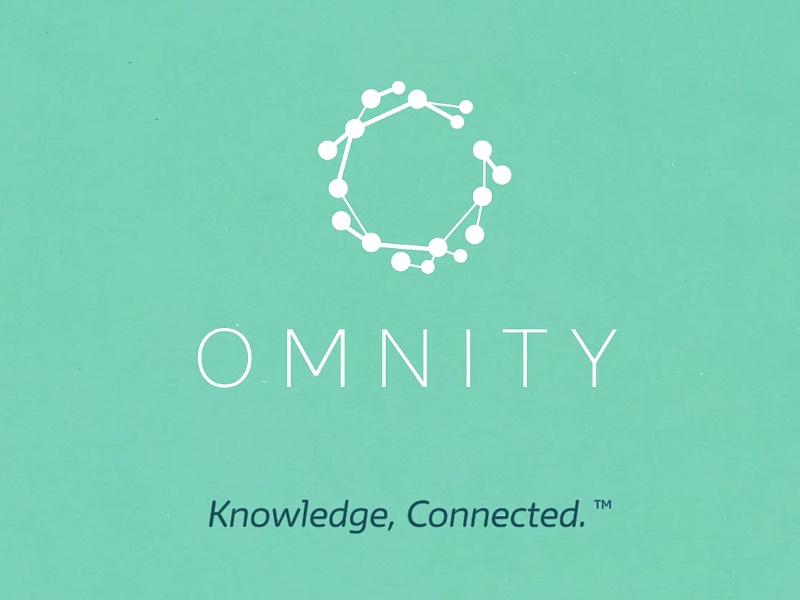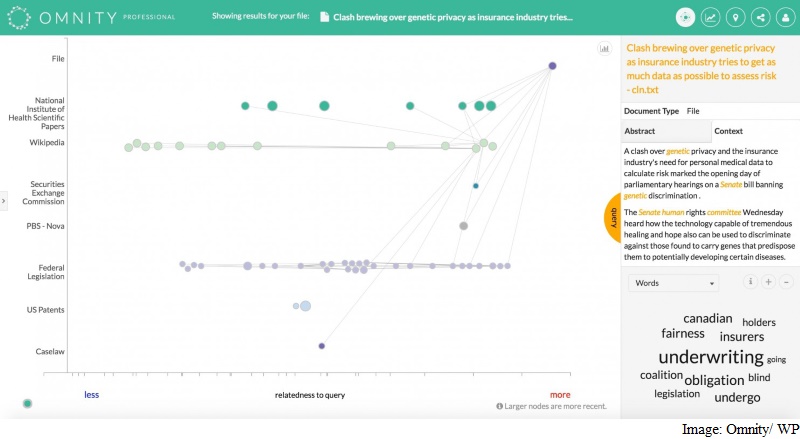Beginning with its prized collection of Buddhist art including the famous Gandhara sculptures, the Indian Museum is now putting all of its galleries for 360-degree panoramic viewing for anyone to see online.
As part of a tie-up with the Google Cultural Institute, which allows art lovers to explore artifacts from all over the world on its website, the Indian Museum is launching an e-version of its exquisite exhibition titled Indian Buddhist Art on Wednesday.
Among the important highlights in the exhibit include a sculpture of the head of Buddha from fifth century in Sarnath which is featured even in school textbooks.
"This is the first virtual exhibition we are organising after which all our galleries will gradually be available on the
Google Cultural Institute website," museum director Jayanta Sengupta told PTI.
Three galleries, including those on Buddhist sculptures, are ready for 360-degree panoramic viewing on the Internet.
"This allows anyone to have a walk through the gallery and see it as you do it with your eyes. You can scroll around to see even the ceiling and the floor," he said.
Since last year a team of Google from the UK and the US have been working hard with their specialised and patented camera technology to click high-resolution photos of the treasures lying in the museum.
The process is taking time because the work can only be done on Mondays when the museum is closed to visitors.
It is expected that all galleries will be online within a year's time.
Over 200 years old, Indian Museum is the oldest and the largest multi-purpose museum in Asia.
The biggest repository of Indian antiquity, some of the museum's prized possessions include an Egyptian mummy, Buddhist stupa from Bharhut, Buddha's ashes, Ashoka pillar, fossil skeletons of pre-historic animals and a collection of meteorites.
For some of such cultural and historical treasures, the museum is also planning to have gigapixel images which will allow magnification upto a thousand times.
"If it's a painting then you can see all intricate details like even the brush strokes. Seeing a gigapixel image is like putting the object under microscope," Sengupta said.
Another advantage of having a virtual tour of the museum is that the website will have more information about the artifact on display since there is no space restriction in the virtual world.
The musuem director rejects suggestions that once all galleries are online the number of visitors at their campus will decrease.
"Internationally this has been the case. After people see it online they are more motivated to see the real thing and so they walk into the museum," he said.
Spread over 10,000 square feet area, it boasts of over sixty galleries of art, archeology, anthropology, geology,zoology and botany sections.
It houses rare artifacts of great archival and heritage value numbering more than a lakh.
The museum has a unique collection of coins, numbering more than 52,000 from the sub-continent ranging from fourth century BC to present date.
Besides Buddhist stupa, the Bharhut gallery shows the architectural remains from Bharhut belonging to Shunga period, along with similar fragments from Bodhgaya. The textile gallery showcases how the art of weaving was known to Indians as early as 2500 BC.


















